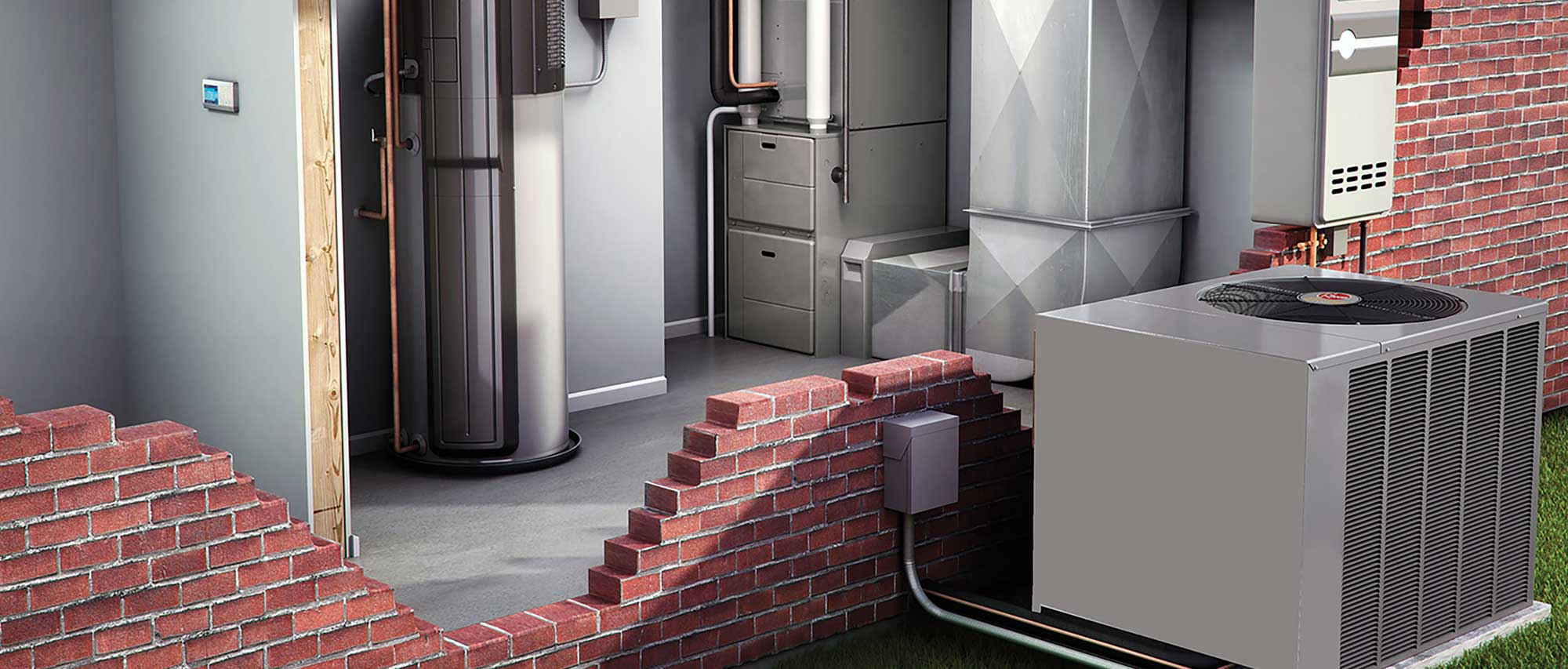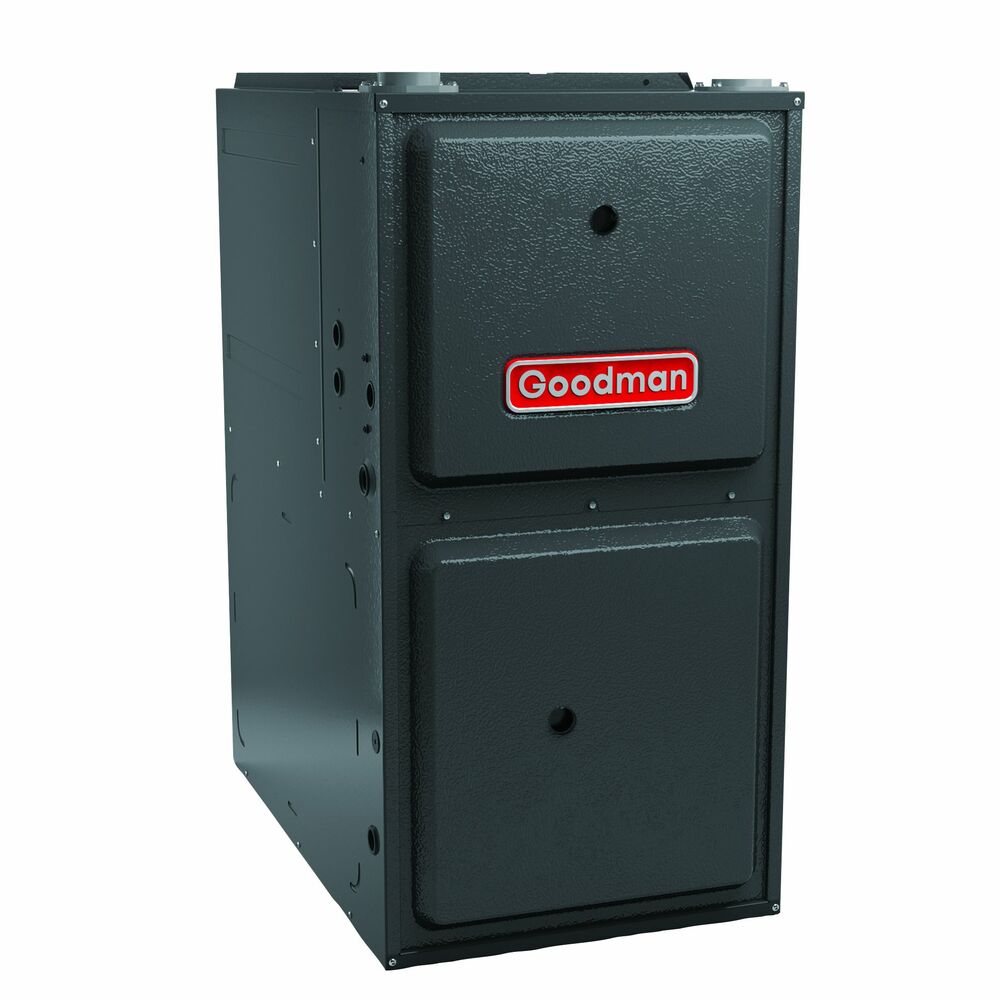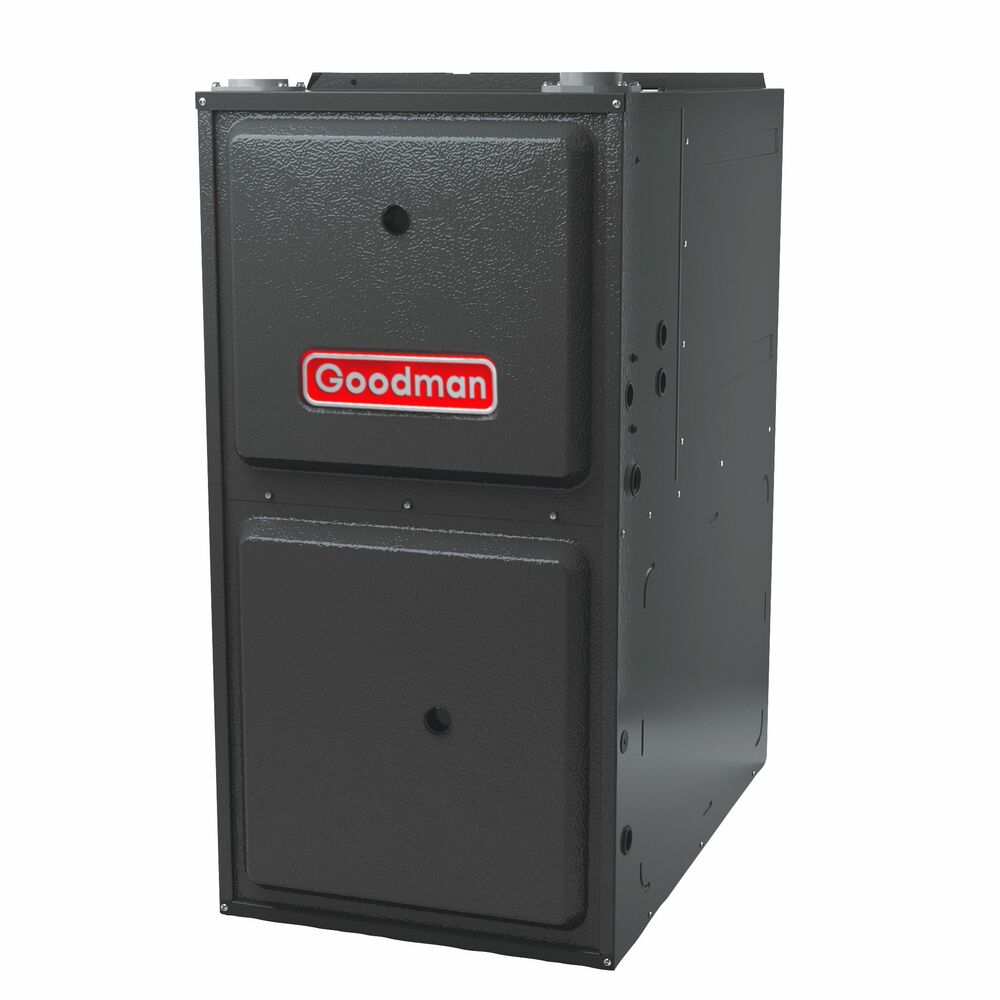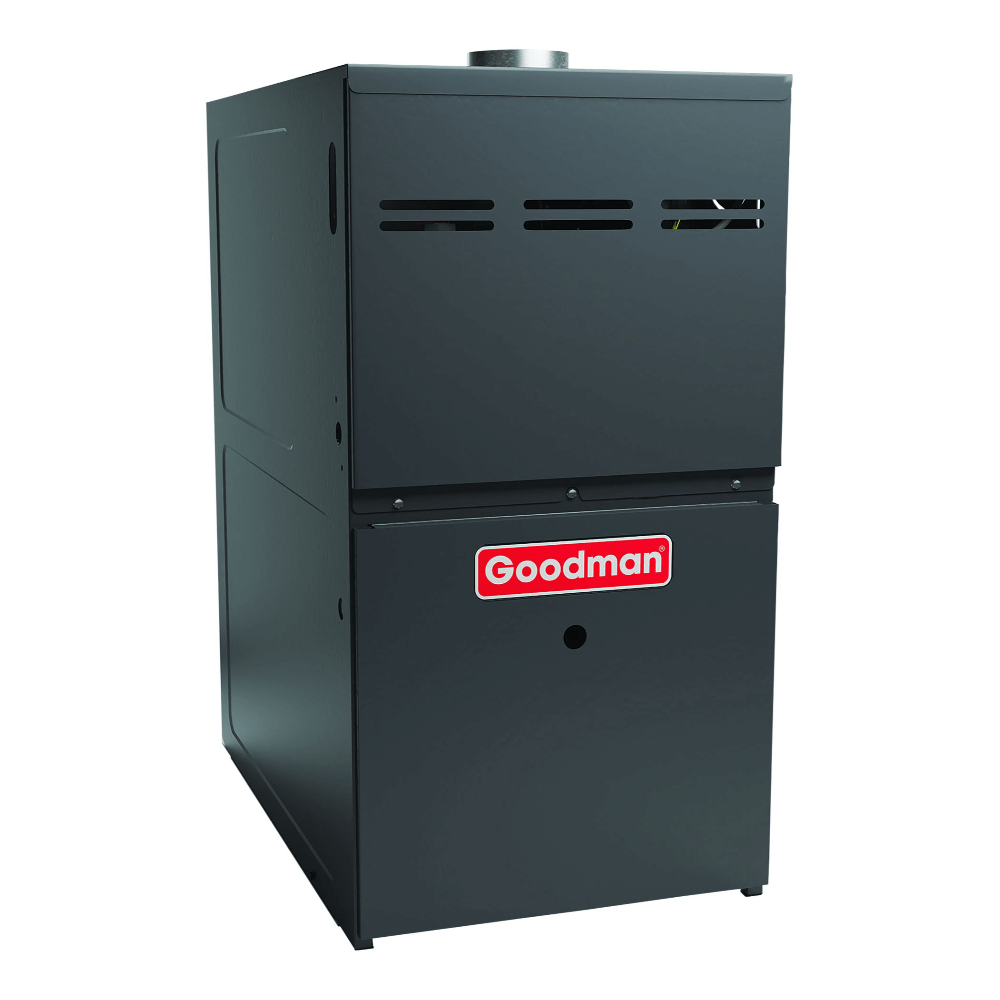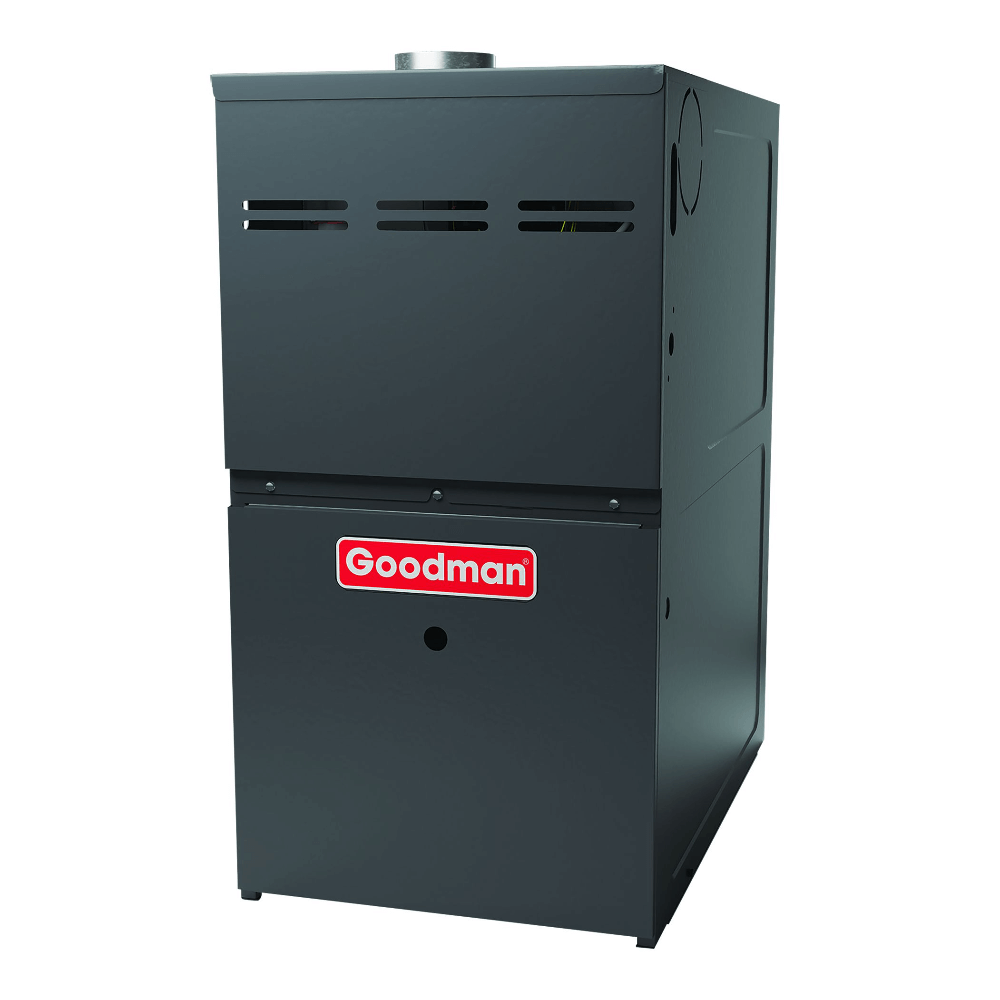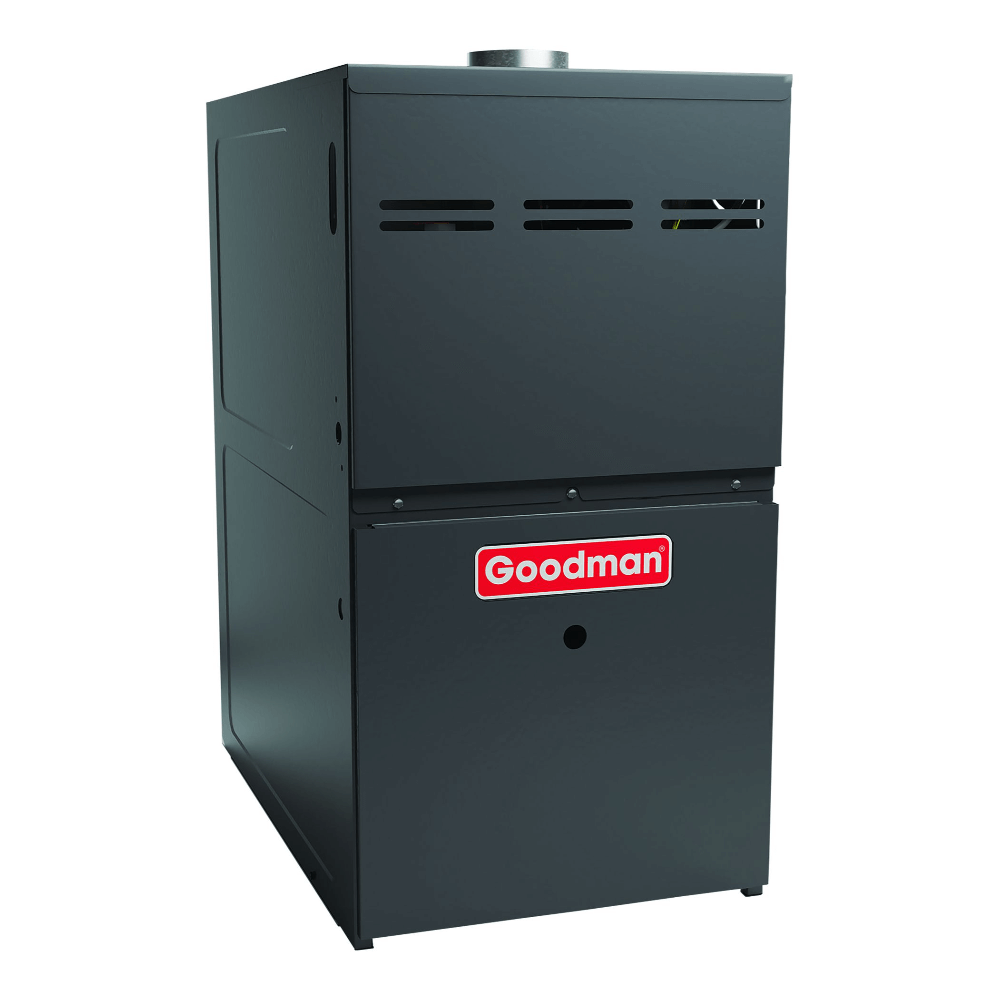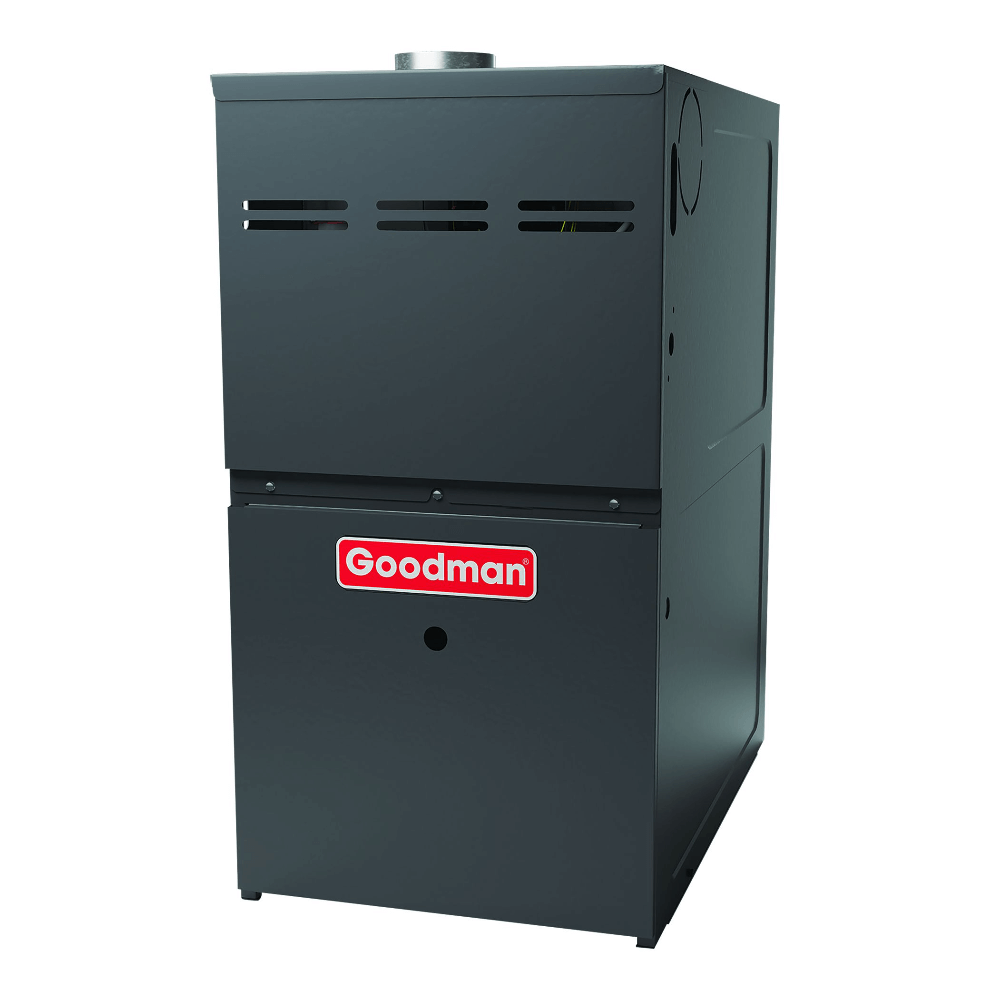A dual-fuel heat pump allows people in cold climates to capitalize on efficient heat pump technology without compromising comfort and winter energy costs. Heat pumps are gaining in popularity and for a good reason. They are eco-friendly, energy-efficient systems with dual use: they can cool and heat homes. However, heat pumps lose efficiency in freezing temperatures and are often considered off-limits to homeowners in cold regions. Dual-fuel heat pumps are an exception.
Dual-fuel heat pumps are efficient for homes with existing ductwork in cold climates. Dual fuel systems use less energy than split air conditioning and furnace systems and are more effective than heat pump systems with supplemental electric heat strips in the air handler. Though not ideal for every house, dual-fuel heat pumps bring about new heating and cooling possibilities.
What is a dual fuel heat pump?
A dual-fuel heat pump is a hybrid heating and cooling system that integrates an electric heat pump and a natural gas furnace. Propane and oil furnaces can also be utilized but are less common.

Upgrade Your Heating with Our Heat Pumps: Click to Explore!
How do dual fuel heat pumps work?
In a dual-fuel system, the electric heat pump provides the home’s air conditioning and the majority of its heating. The furnace takes over heating the house when the outside temperature drops too low for the heat pump to maintain the indoor temperature efficiently.
Several components make up a dual-fuel system. Outside the house, the heat pump condensing unit incorporates a compressor, a coil, and a fan. The furnace inside the home uses a heat exchanger to heat the air and a blower to distribute the air. The heat pump’s indoor coil can be installed in the furnace or adjacent cabinet. Refrigerant lines connect the indoor and outdoor heat pump coils.
Dual-fuel heat pumps have three modes:
Dual Fuel Heat Pump Costs
Dual-fuel heat pump systems have higher upfront costs than gas furnaces and air conditioners but cheaper operating costs. Consumers can recoup some of the money spent through the Inflation Reduction Act’s heat pump rebates and tax credits.
Equipment sizes, efficiencies, brands, labor, and other variables determine dual fuel heat pump costs. Fixr estimates the average price to buy and install a dual fuel system ranges from $7,500 to $12,000.
Dual fuel systems can incorporate several types of furnaces ranging from $2,000 to $8,000. Gas furnaces are more prevalent in dual fuel systems than propane and oil furnaces, ranging from $2,000 to $4,500. Propane furnaces are more pricey and range from $4,500 to $8,000, but these furnaces are suitable substitutes for homes without natural gas access. Propane burns cleanly and is more eco-friendly than natural gas, but it’s expensive. Oil furnaces are rarely found outside the Northeast and range from $3,500 to $4,000. Oil is more expensive than natural gas and produces tar and soot.
Dual fuel system installation costs range from $2,000 to $4,000. Dual fuel system installation is costlier than other HVAC system installations because it incorporates multiple pieces of equipment and takes longer, about six hours. Installation costs will be higher if modifications or reconfigurations are made to the current HVAC system setup
Advantages of Dual Fuel Heating Systems
Electric heat pumps are favored for their energy efficiency and combined heating and cooling abilities but lose efficiency in freezing temperatures. While heat pumps effectively capture heat in the outdoor air and transfer it to houses in moderate and hot climates, they struggle to maintain indoor temperatures in cold climates.
Dual-fuel systems rectify cold weather issues by incorporating furnaces. Furnaces are ideal cold climate heaters because they generate heat and are unaffected by outdoor temperatures. However, furnaces have higher operating costs than heat pumps in mild temperatures. A dual-fuel system reduces energy costs and fuel usage by making the heat pump the primary heater in favorable conditions and switching to the furnace when necessary.
Dual-fuel heating systems offer several advantages:
-
Energy efficiency
-
Improved comfort
-
Cost-effectiveness
-
Versatility
-
Environmental impact
Energy Efficiency
Dual-fuel systems combine efficient cooling and heating units and avoid the shortcomings of each. These systems automatically use the more efficient unit for outdoor conditions. Heat pumps provide energy-efficient heating in mild temperatures, but furnaces are more efficient heaters in cold temperatures—energy-efficient heating and cooling results in energy-cost savings for consumers.
Improved Comfort
Dual-fuel systems improve your home’s comfort year-round, delivering cold, warm, or hot air to every room. The heat pump provides cold, dehumidified air in summer and moderate heat in spring and fall. The furnace produces blazing heat to keep your house toasty during frigid winters.
Cost-Effectiveness
Low operating costs offset the dual-fuel system’s high upfront costs. The electric heat pump runs most of the time to keep energy costs down, and the furnace takes over when the heat pump loses efficiency during cold weather. Furthermore, dual-fuel systems incorporate heating and cooling units, eliminating the need to install separate systems.
Versatility
Dual-fuel heat pump systems are more versatile than others because they provide two efficient heating options for above- and below-freezing temperatures. Heat pumps are efficient heaters in mild temperatures, but furnaces heat better in cold temperatures.
Environmental Impact
Electric heat pumps are more environmentally friendly than combustion furnaces. They have a small carbon footprint and produce no toxic emissions. A dual-fuel system reduces the total amount of fuel a household burns because the heat pump operates most of the time.

Upgrade Your Heating with Our Heat Pumps: Click to Explore!
Disadvantages of Dual Fuel Heating Systems
Every heating and cooling system has drawbacks. Dual-fuel systems are practical options for homeowners intent on installing heat pumps in cold climates, but they must weigh the pros and cons. To start, homeowners should consider their current system. Dual-fuel heat pump installation in a house with no existing ductwork will be a pricey undertaking involving significant home renovation. Energy sources are another consideration. Heat pumps might not be beneficial in areas with high electric rates or frequent outages, and gas furnaces might not be feasible in rural locations.
Dual fuel heating systems have a few additional disadvantages:
-
Initial cost
-
Space
-
Maintenance
Initial Cost
Dual fuel systems have high upfront costs because they include more equipment and are more complicated to install than a furnace or heat pump alone. Dual systems take longer to install and might require upgrades to the existing electrical service, wires, and gas line.
Space
Dual-fuel systems require outdoor space for the condenser unit and indoor space for the furnace. Furnaces typically take up more area than heat pump air handlers.
Maintenance
Dual-fuel systems necessitate more upkeep than single-fuel systems. The heat pump and the furnace have separate maintenance tasks that should be regularly performed. Heat pump maintenance involves yearly coil cleanings and consistent removal of vegetation and snow around the outdoor unit. Furnace maintenance consists of the occasional flame sensor and blower cleanings. Both units require regular filter changes and yearly professional inspections.
Is dual fuel heat pump worth it?
A dual-fuel heat pump is a hybrid heating and cooling system incorporating an electric heat pump and a furnace. The heat pump provides air conditioning and most of the home’s heat. The furnace takes over heating the house when the heat pump loses efficiency during freezing temperatures.
Dual-fuel heat pumps have pros and cons. They are favored for efficiency, comfort, cost-effectiveness, versatility, and environmental impact. The drawbacks include initial costs and space and maintenance requirements.
Dual-fuel heat pump installation is worth it in particular circumstances:
If you live in a place with extreme climates and temperature fluctuations.
Dual-fuel heat pumps make sense in regions with hot summers and cold winters. Heat pumps in cold climates are inefficient heaters, so homes rely on backup systems when the temperature dips below freezing. A single furnace is best for heating if you can't accommodate a dual-fuel system. Moderate to hot climates can rely solely on heat pumps for heating and cooling.
If your state's laws are requiring energy efficiency.
Some states, like California, have passed laws promoting energy efficiency. Electric heat pumps are extremely energy efficient and cheaper than electric resistance heating systems. Gas furnaces run on non-renewable fossil fuels. Although dual-fuel systems incorporate furnaces, less fuel is used overall when the heat pump is primarily used for heat.
If dry, hot heat in the winter causes discomfort.
Furnaces burn fuel to heat indoor air, which dries out the air and causes dry, chapped skin. Heat pump heat doesn’t have the same effects because they operate differently. How does a heat pump work in winter? Heat pumps transfer heat from the outdoor air to the home’s air. The heat is milder and naturally humid.

Upgrade Your Heating with Our Heat Pumps: Click to Explore!

